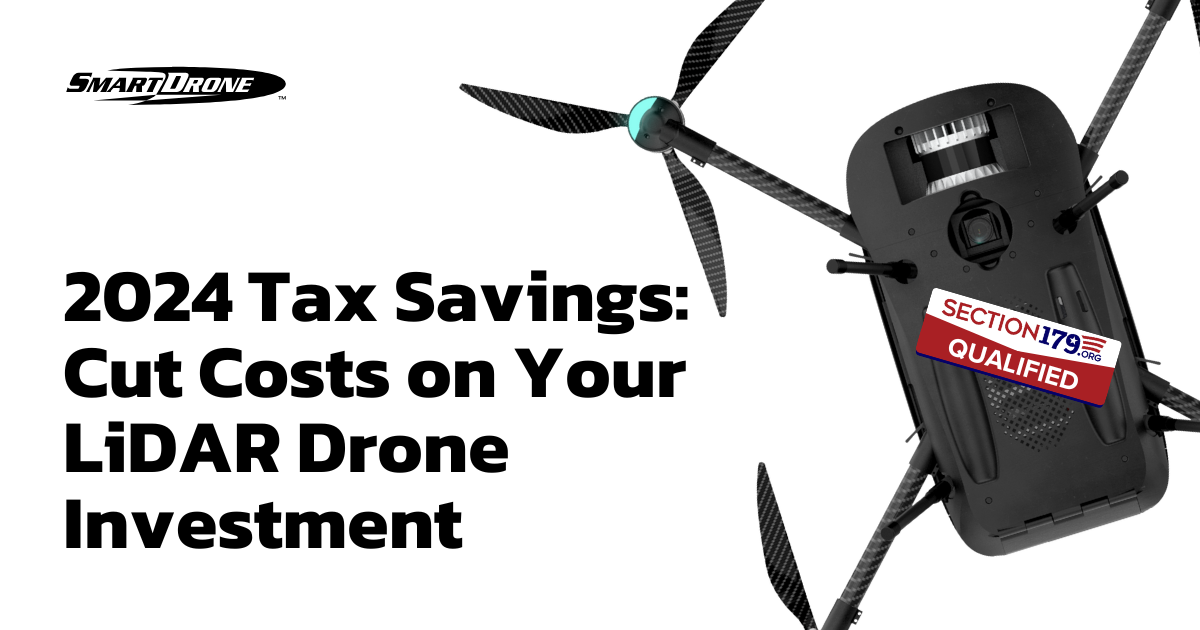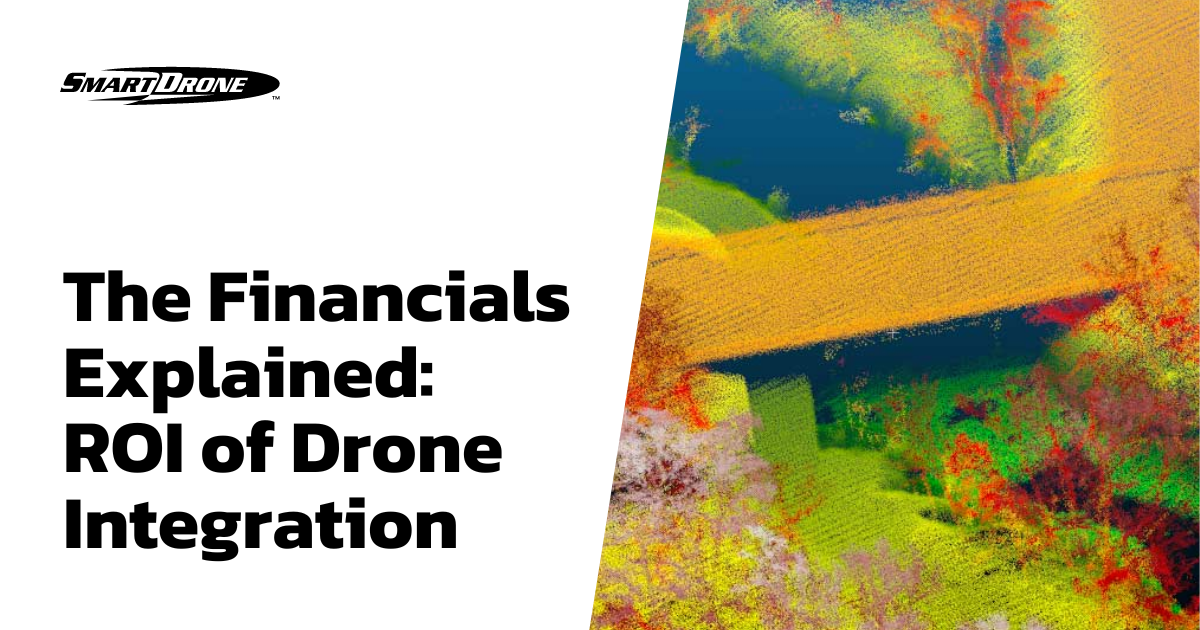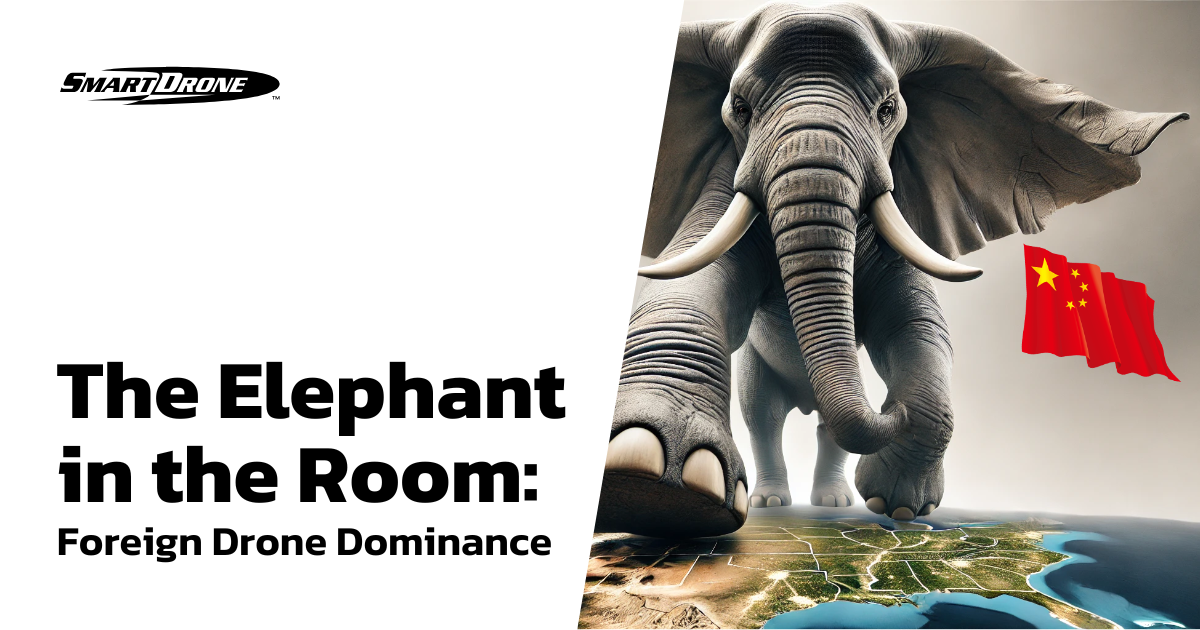In today’s competitive business environment, investing in the right technology is crucial. For companies in industries like construction, surveying, and engineering, a LiDAR drone can revolutionize workflows, offering precise mapping and data collection capabilities. However, the upfront cost of a drone equipped with LiDAR can be substantial, especially for smaller businesses. Fortunately, Tax Code Section 179 offers significant financial benefits, allowing companies to deduct the cost of qualifying equipment, including LiDAR drones, in the year of purchase.
What is Tax Code Section 179?
Section 179 of the U.S. Internal Revenue Code enables businesses to deduct the entire purchase price of qualifying equipment bought or financed during the tax year. Traditionally, business assets are depreciated over several years, meaning deductions are spread out over time. However, Section 179 allows companies to write off the full amount in the year of purchase, providing an immediate tax advantage.
For 2024, the Section 179 deduction limit is set at $1,220,000, with a spending cap of $3,050,000 on total equipment purchases. This deduction applies to new and used equipment, including software, as long as it’s placed into service within the tax year. You can learn more about what equipment qualifies for Section 179 here.
If your business’s equipment purchases exceed the $3,050,000 cap, the deduction decreases dollar-for-dollar and is completely phased out after $4,270,000 in purchases. For larger investments, bonus depreciation is also available in 2024, allowing a 60% bonus depreciation on both new and used equipment after reaching the Section 179 spending cap, further maximizing your financial benefit.
Why Invest in a LiDAR Drone?
A LiDAR drone, such as the Discovery 3 drone, offers transformative benefits for industries that rely on precise mapping and surveying. Equipped with Light Detection and Ranging (LiDAR) technology, these drones capture detailed 3D data, even in challenging environments with dense vegetation or rugged terrain. The initial investment for a high-quality LiDAR drone can range from $35,000 to $300,000, depending on the payload and features. While this cost may seem high, the operational efficiencies and long-term savings they deliver are well worth it.
Drone LiDAR significantly reduces the time required for data collection, which translates into reduced labor costs and faster project completion. Additionally, the accuracy of LiDAR data supports better decision-making, helping avoid costly errors and rework. This makes a LiDAR drone not just a tool but an asset that can quickly pay for itself.
How Section 179 Can Make Your LiDAR Drone Investment More Affordable
Section 179 provides a straightforward way to reduce the financial burden of purchasing a LiDAR drone. Here’s an example of how this can translate into real savings:
Let’s say your business is in the 32% corporate tax bracket, and you invest in a $50,000 LiDAR drone. With Section 179, you can deduct the entire purchase price, leading to a tax savings of $16,000 (32% of $50,000).
This effectively reduces the cost of the drone to $34,000.
Beyond the tax savings, the enhanced productivity and cost savings generated by a LiDAR drone can improve your cash flow and provide a rapid return on investment. For industries that require regular land surveying or mapping, a LiDAR drone could pay for itself within the first year.
To calculate your potential savings, try out our Section 179 Calculator below!
Financing Your LiDAR Drone Purchase with Section 179
One of the lesser-known advantages of Section 179 is that it can be used in conjunction with equipment financing, allowing businesses to deduct the full purchase price of a LiDAR drone—even if they finance it. By financing a LiDAR drone, your business can reap the tax benefits of Section 179 while spreading out the payments over time, improving cash flow. This means you can deduct the entire cost of the drone in the year it’s placed into service, potentially leading to tax savings that exceed your first year’s payments. With this approach, businesses can enjoy the operational benefits of a LiDAR drone immediately while making manageable monthly payments.
Overcoming Barriers to Investing in LiDAR Drone Technology
While the advantages of a drone with LiDAR are clear, some business owners may still hesitate to adopt new technology. Concerns might stem from the perceived complexity of using drones or fears about replacing human roles. However, investing in a drone LiDAR is about enhancing your current workflow, not replacing it.
Drones enable teams to accomplish more with fewer resources, making your business more competitive.
With the added financial benefits of Section 179, investing in drones is not only a strategic move but also a financially sound decision. The tax incentives and efficiency gains combined make it easier to justify the cost and to see a return on investment quickly.
Conclusion
Section 179 offers a valuable tax advantage for businesses ready to invest in technology that enhances productivity and accuracy. For companies in the architecture, engineering, and construction (AEC) industries, a LiDAR drone provides immediate tax savings and long-term operational efficiencies. This year, consider leveraging Section 179 to reduce your tax burden and invest in a drone that will set your business up for future success.
Don’t let the cost of a LiDAR drone hold you back. With Section 179, you can make this powerful technology more affordable and position your business to thrive in a technology-driven marketplace.
Talk with a specialist today to learn how drone LiDAR technology can transform your business.



